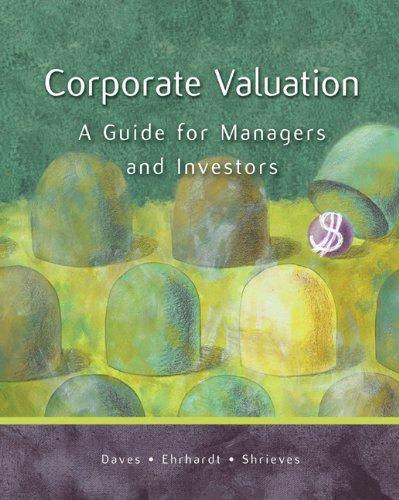Question
Consider an item with A = $25; Dv = $4,000/year; Lv = $100; B1 = $30; and r = 0.10 $/$/year. a. Find the following:
Consider an item with A = $25; Dv = $4,000/year; Lv = $100; B1 = $30; and r = 0.10 $/$/year.
a. Find the following:
i. EOQ, in dollars ii. k, using the B1 criterion iii. SS, in dollars iv. Annual cost of carrying SS v. Total average stock, in dollars vi. Expected number of stockout occasions per year vii. Expected stockout costs per year b. The cost equation used to develop the rule for the B1 criterion is
() = + 1()
The two components of the equation are not equal at the optimal k value. (This is in contrast to what we found for the EOQ analysis in Chapter 4.) Why are the two components not equal? What quantities are equal at the optimal k value?
c. By looking at the basic equations for the items requested in (a), discuss how each would be affected (i.e., whether it would be increased or decreased) by an increase in the r value.
Step by Step Solution
There are 3 Steps involved in it
Step: 1

Get Instant Access to Expert-Tailored Solutions
See step-by-step solutions with expert insights and AI powered tools for academic success
Step: 2

Step: 3

Ace Your Homework with AI
Get the answers you need in no time with our AI-driven, step-by-step assistance
Get Started


